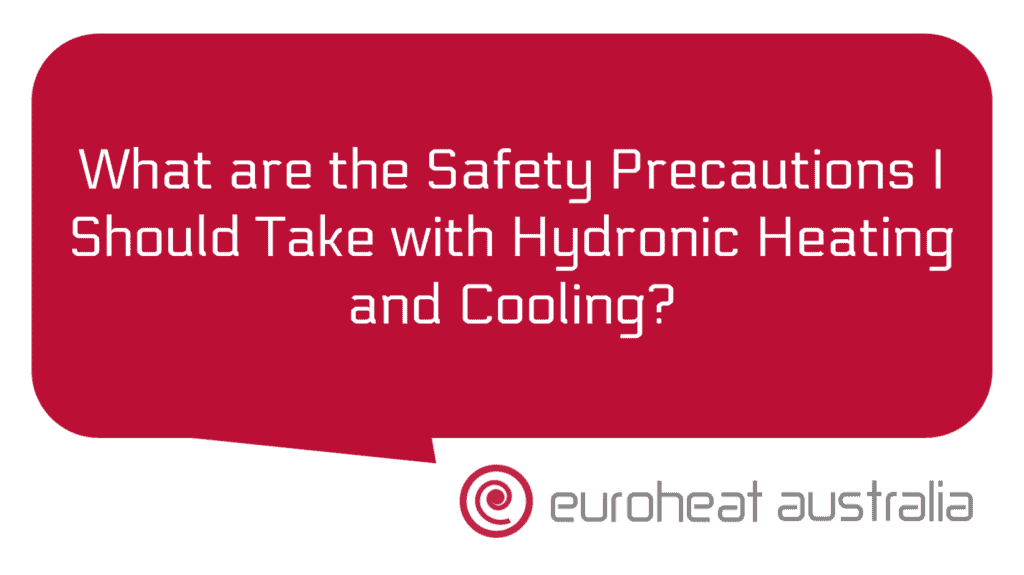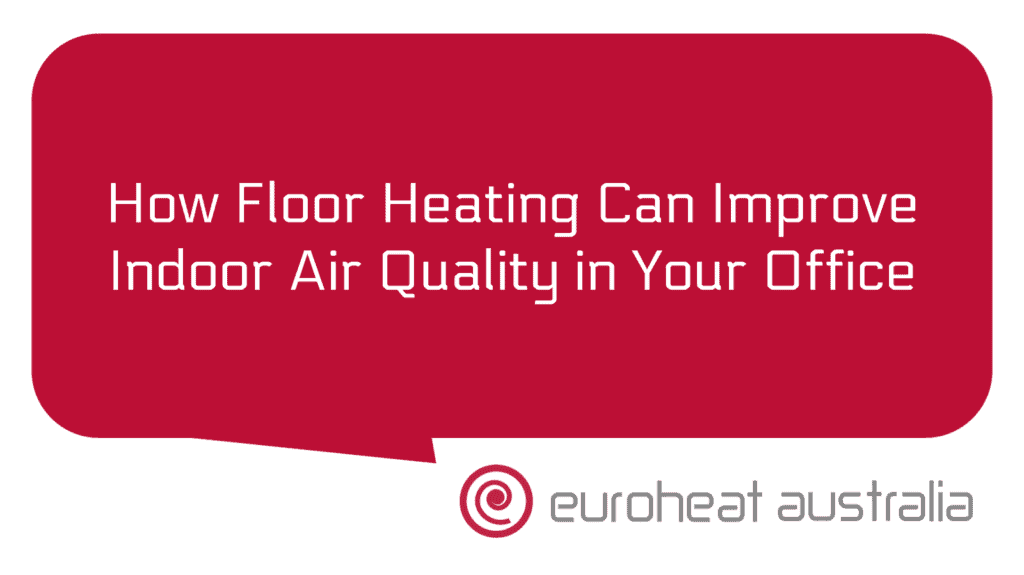If you’re looking for an efficient and cost-effective way to heat and cool your home, hydronic heating and cooling systems may be the perfect solution. Not only are they more energy-efficient than traditional air conditioning systems, but they also provide a more comfortable environment in your home.
Hydronic heating and cooling systems use water as the medium for transferring heat, as opposed to air. This means that the temperature of the water is evenly distributed throughout the house, providing a much more consistent environment than with air conditioning. Additionally, hydronic systems are quieter and require less maintenance than traditional air conditioning units.
However, while hydronic systems are generally safe to use, there are some safety precautions that should be taken when installing and using them. Here’s what you need to know:
1. Make sure the system is installed properly: Before installing a hydronic system in your home, make sure it’s done by an experienced professional who can ensure that it is safely installed and properly maintained. This will reduce the risk of any malfunctions or safety issues. Euroheat Australia have 30 years of experience in designing & constructing hydronic heating & cooling systems – they can provide you with expert design & installation services that will help ensure your system is set up correctly and running safely.
2. Use quality components: To get the most out of your hydronic system, it’s important to use quality components such as pumps, radiators, valves and other parts that are designed for this type of system. Using low-quality components can lead to malfunctions or even failure of the system which could put you at risk of injury or danger from fire or flooding caused by a malfunctioning component.
3. Ensure regular maintenance: Regular maintenance is essential for keeping your hydronic system running safely and efficiently. Make sure you follow any manufacturer instructions for cleaning and maintaining your system on a regular basis to prevent any problems from arising due to neglect or lack of care.
4. Check all safety devices: Hydronic systems come with safety devices such as pressure relief valves which help protect against overheating by releasing excess pressure if necessary – make sure these devices are working properly before using the system so that any potential hazards are avoided if they do activate unexpectedly during use of the system.
5. Avoid contact with hot surfaces: As with any heating equipment, it’s important to avoid contact with hot surfaces such as radiators or pipes – these can become extremely hot during operation so always keep children away from them until they have cooled down after being turned off again (at least 15 minutes).
By taking these simple precautions when installing and using a hydronic heating and cooling system in your home, you can enjoy all its benefits without compromising on safety or comfort levels in your home environment! Not only do these systems provide consistently warm temperatures throughout winter months (which can save you money on energy bills) but they also cool quickly during summer months – meaning less workload on both yourself (in terms of adjusting temperatures manually) but also on energy bills compared to traditional air conditioning units! Plus Euroheat Australia offer great design & installation services which mean you don’t have to worry about making mistakes yourself – their experienced engineers have been designing & constructing hydronic heating & cooling systems for over 30 years! So why not take advantage today?





